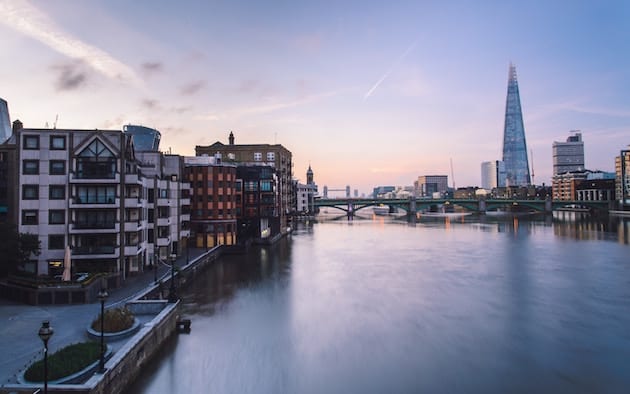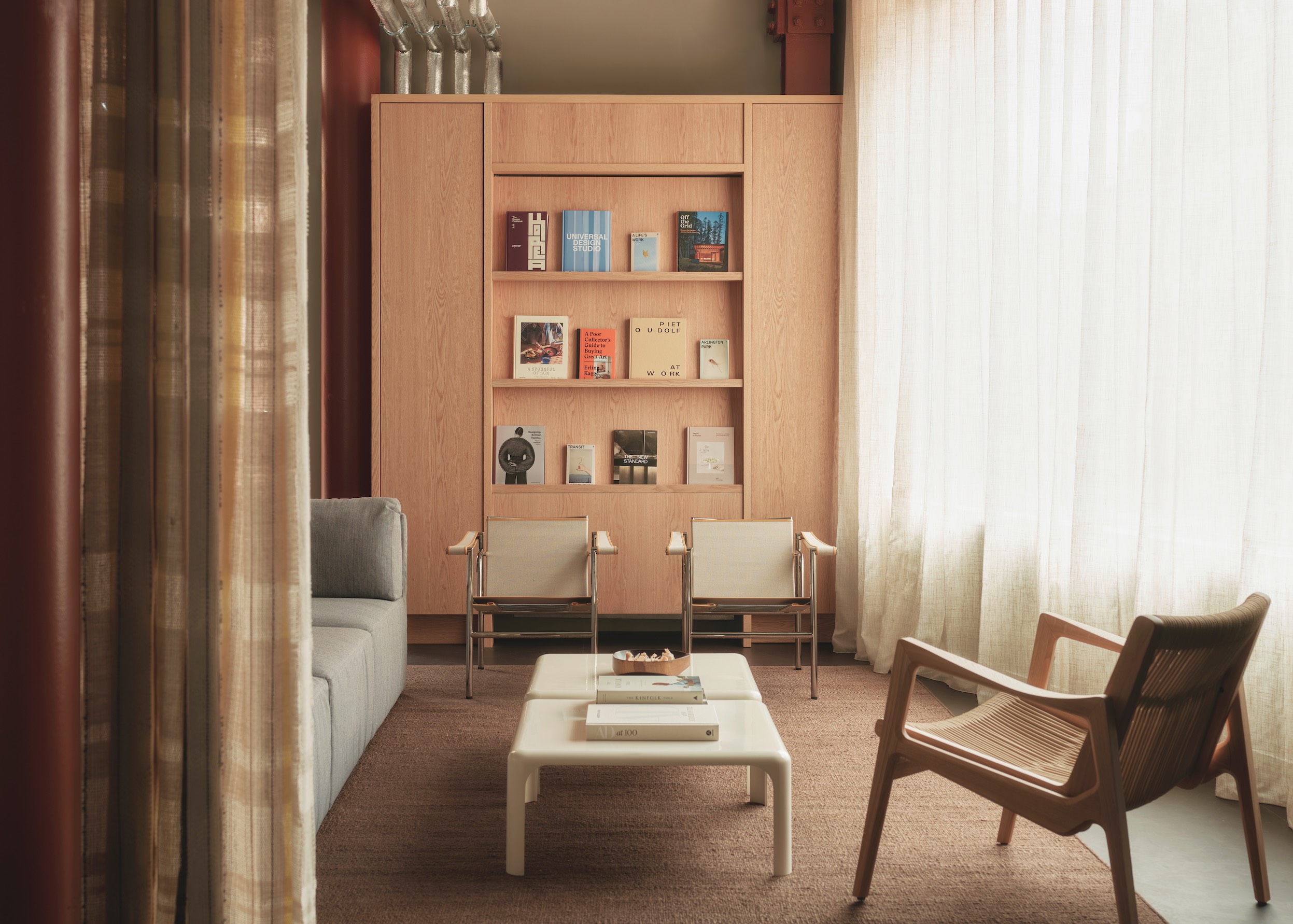 |||
|||
I remember sometime in the early 1980s going to a meeting of the Hammersmith & Fulham Planning Committee, which was discussing Alsop & Lyall’s plans for redeveloping the Riverside Studios overlooking the Thames by Hammersmith Bridge.
Will Alsop was presenting the postmodern project when he described one wall as being built out of concrete. “Concrete!” exclaimed a member of the planning committee – picking up on probably the least important of Alsop’s comments. “We don’t want a concrete building here!” The conversation went downhill from then on. I do not recall whether that was the only reason for the project’s rejection, but it certainly played its part.
It took over 30 years for the former Studios to be replaced by state-of-the-art facilities including three flexible spaces for television, theatre, dance, opera, music and comedy as well as a cinema, screening room, archive, community and rehearsal space, and local events and entertainment space. Although the website says it will be opening in 2019, at the time of writing, the doors were still firmly shut. However a restaurant, Sam’s Riverside – with
spectacular views of the River Thames and Hammersmith Bridge – did open in October. Above the studios are apartments designed by Assael Architecture for Mount Anvil which helped fund the new studios.
The Thames Path has been opened up in front of Riverside Studios, linking Hammersmith Bridge with the Thames Path for the first time, helping to animate the walkway which connects the Blue Anchor pub on the west side of the bridge, Sam’s Riverside, the Blue Boat bar and restaurant in Berkeley’s Fulham Reach and Ruth Rogers’ River Cafe at Thames Wharf.
Further east, the riverside walkway will be extended, to pass by Craven Cottage football ground where Populous is delivering a new stand that will include restaurants, cafes, bars and pop-ups which will be open outside of match times and taking advantage of the fine river views. While restaurants in conventional locations are finding life hard, the riverside provides an attraction, particularly on fine days, that draws punters in their droves.
The mix of uses in the Riverside Studios development, as well as the increased density nearby, bodes well for businesses in the area. Denser cities can support a wider range of activities than low-density areas. I remember the late Paul Katz, then president of architect KPF, telling me a few years ago that London could not support an Eataly store like the one in the Flatiron district of New York with its multitude of stores-within-a-store, its variety of restaurants and drink offers.
Well, Paul was wrong. London, denser now, can support an Eataly: a 3,900sq m one is opening in Broadgate in 2020.
I was in Hong Kong recently in my role as advisor to the Bi-City Biennale of Urbanism/ Architecture and visited Tsuen Wan, where one of the installations was planned. Tsuen Wan is probably one of the densest suburbs in the world, where groups of tall towers contain so many people that they can sustain substantial retail, food and beverage offers and public space at their base.
As high streets struggle, we should be aware that mixed-use developments, with housing above, can generate a substantial amount of business and help to sustain shops and restaurants. Too many town centres lack the density they require for survival. The new London Plan’s strategy to redevelop public land around stations with more housing could be a lifeline to struggling retail centres across the capital.
As the Thames Path shows, London’s growth is good for businesses – as long as the mix of uses is right, says Peter Murray




















